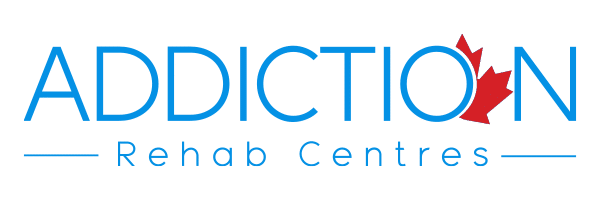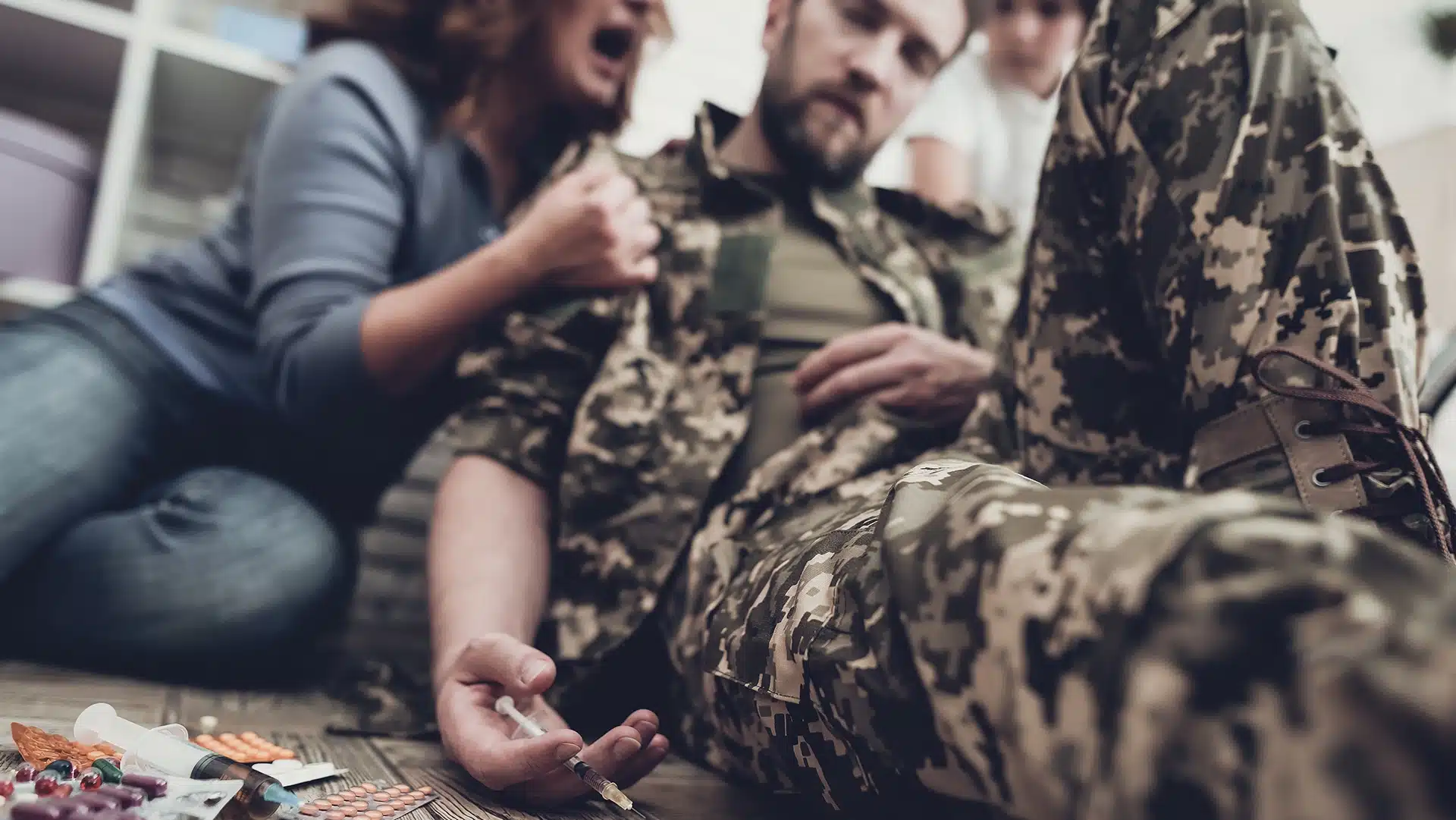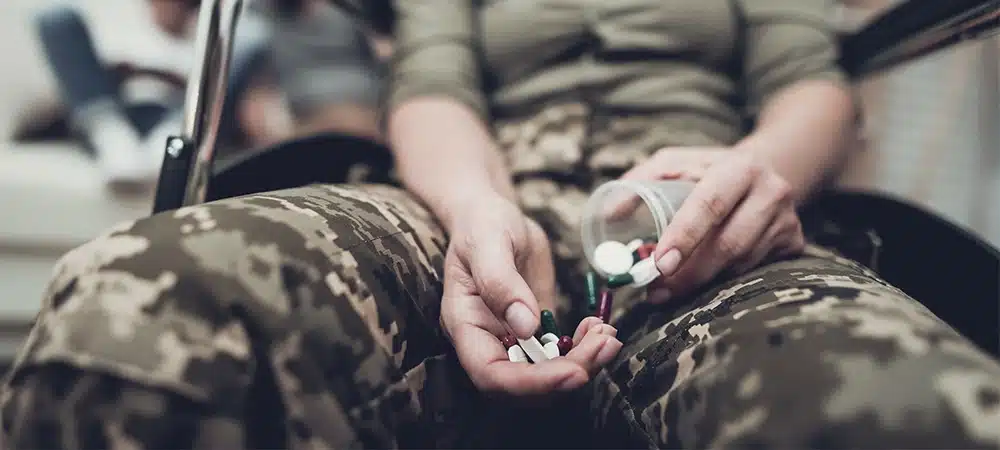The Forgotten Victims of War: How Veterans with Addiction Fall Through the Cracks
It’s no secret that war and military service take a significant toll on veterans across the world. Canadian veterans are, of course, included in this group. From post-traumatic stress disorder (PTSD) to major depression and other psychological conditions, many soldiers have difficulty coming to grips with the harsh realities they see and experience as a result of combat exposure. Because of the severe conditions in which they operate, many veterans wind up with addiction issues after developing a dependence on the substances they are prescribed to combat the issues they’re facing – during or post-war – or they self-medicate with illicit drugs like opioids or alcohol as a way of coping with some of those same issues. Addiction issues can also happen as a result of being prescribed drugs to dull the discomfort of injuries, chronic pain or other physical ailments.
PTSD, which was once referred to as “shellshock” and “battle fatigue,” is common in military veterans. Symptoms of this oftentimes debilitating disorder include insomnia, memory issues, flashbacks, abnormal aggression, and a low sense of self-worth. In most cases, prescription medications are offered for injuries suffered or as a solution to PTSD. This is likely to contribute to the fact that over 20 percent of military veterans in the United States who have reported cases of PTSD also suffer from drug or alcohol addiction. Common prescription drugs that are prescribed after the diagnosis of PTSD include painkillers, benzodiazepines and sedatives. Because the use of these drugs regularly results in users developing a tolerance, and because PTSD can last for years without any relief of symptoms, veterans often wind up upping their dosages and relying on the substance more and more, which can lead to serious addiction issues.
Substance use disorder (SUD), or “drug use disorder,” is a classification given to any misuse or abuse a particular substance by an individual. SUD is a term that is often used in conjunction with current and former soldiers who develop addiction issues. Many veterans develop SUD when they return home from war zones and military action, as navigating the highs and lows of returning to society can be complicated and difficult to handle. Generally, veterans go from experiencing intense joy to then reflecting on what’s been lost, and it can often be difficult to move on past the latter. They can also develop SUD while deployed, as a result of being away from their spouse, family members and other loved ones.
Veterans suffering from addiction to drugs and alcohol often feel forgotten by society, as if their duty and service have simply fallen through the cracks. This can be due, in part, to the fact that it may be difficult for the general population to understand just what veterans are going through when they return home. If veterans have survived war and are having difficulty reintegrating into their families, lives, and everyday society, and if they are showing signs that they have or might turn to the binge use of drugs or alcohol as a means of coping, contacting an addiction specialist or healthcare professional is an advisable course of action. In order for the civilian population to better understand what veterans go through and why some turn to addiction to painkillers or even amphetamines, it’s useful to examine some real-world examples.
Veterans and Addiction: Case in Point
Veterans can be administered drugs while on active duty, not just once they return home. Furthermore, they may not even be sure of the ingredients or chemical makeup of what they’re taking. Tyson Manker, a former marine, reported after his military career that he and his platoon were given a daily amphetamine and other unknown pills, which he later understood caused hallucinations and could potentially lead to suicide. However, at the time, he and his platoon did what he said any good marine would do: they followed orders and took the substances. Now a law professor, Manker was able to look at his records after his active duty was complete to better understand what had happened.
Manker was given amphetamines, which are highly addictive while serving. Amphetamines are a central nervous system stimulant and the reason he was given them while serving was presumably to remain sharp and be able to keep his wits about him around the enemy. However, practices like the highly questionable one that his superiors exercised in giving him amphetamines on a daily basis assuredly contribute to addiction in military veterans.
As we’ve previously noted, many veterans also take drugs to cope with a return to civilian life. A case in point is the story of Anthony Mena, a Senior Airman who died in 2011 with eight prescription medications in his bloodstream. The death was not a suicide, according to the toxicologist, but rather a result of all the drugs interacting at once. He was given many of the prescriptions after returning home from Iraq when he complained of insomnia, back pain, nightmares and anxiety. When he was prescribed “powerful cocktails of psychiatric drugs and narcotics,” his depression and hopelessness only deepened. He was reported by the New York Times to have told a doctor that he felt he should’ve died in Iraq. Detected in his bloodstream after his death were three types of antidepressants, a sedative, a sleeping kill and two potent painkillers. Mena was just 23 years old when he passed.
Manker was fortunate to move onto a career as an Illinois college law professor. Mena was obviously not so fortunate. These are just two cases of dangerous drug use that resulted from military action. There are many, many more examples that can be pointed to. While Manker was thankfully able to avoid long-term addiction issues as a result of his unknown drug use, Mena’s drug use and abuse consumed him and led to his death. Circling back to the idea that civilians aren’t able to understand what veterans are going through, Mena’s case is a prime example of this. To the outside world, he was likely perceived as an addict who was perhaps not even contributing to society when, in reality, he had already dedicated a significant portion of his youth to public service, and the duty and protection of everyday civilians. This paradox is why service members and their incredible work can sometimes “fall through the cracks” in normal, everyday society. People are busy living their lives and they likely don’t apply the necessary empathy to the plight of returning veterans. Through education and understanding, hopefully, this will change. The drug and alcohol addiction crisis for veterans is, after all, continuing to get worse. In order for us to truly grasp the situation, a number of statistics have been made available, and studies have been conducted that help to identify just how deep the issues go.
The Numbers: How Many Veterans Deal with Addiction?
Most of society knows that addiction issues are prevalent in veterans who are either active or who have returned from war. However, in order to quantify the issue, we must look into the actual numbers and statistics.
In Afghanistan, roughly 40,000 Canadian troops served; 158 of them died during their tour of duty. While the death count was low relative to the number of soldiers, the number of troops who submitted disability claims upon their return from war was much higher, at 3,424. Of those who submitted claims, over 80 percent received more than one separate diagnosis.
In 2013, 1 in 6 full-time Regular Force members of the Canadian Armed Forces reported symptoms of at least one of the following: major depressive episode, panic disorder, post-traumatic stress disorder, generalized anxiety disorder, and alcohol abuse or dependence. This number includes troops who weren’t deployed or involved, stationed in military zones or involved in live action. The 12-month rates for PTSD and panic disorder, however, were twice as high among the soldiers who had deployed in support of the mission in Afghanistan than those who hadn’t.
Homelessness often goes hand-in-hand with addiction, and 2,250 Canadian veterans were homeless or used shelters on a regular basis in 2015, according to a study conducted by Employment and Social Development Canada. That figure represented 2.7 percent of Canada’s total homeless population at that time. The average age of homeless veterans was 52, compared with 37 in the general homeless population, and many of the ex-soldiers cited conditions such as alcoholism, drug addiction and mental health issues as the causes of their homelessness.
These figures are just a snapshot of the extent to which addiction and alcoholism are impacting military veterans nationally. For a large number of veterans impacted by addiction, there are resources available to seek help. The Veterans Support Network offers a series of information lines and resources that can help set veterans up with everything from individual or family counselling to treatment and recovery plans, as they all relate to addiction. Additionally, the Canadian Government offers substance abuse helplines province by province in order to equip individuals experiencing substance abuse issues with the knowledge and information required to seek help and treatment.
While resources are available to veterans who need them, some of the onus on better understanding the issues that veterans are facing should also be shouldered by everyday civilians. Beyond being eternally grateful and thankful for the service our military members have provided, greater patience and empathy should be expressed towards individuals facing addiction and mental health-related problems. The stigma associated with these types of disorders and conditions is still very real but needs to be overcome. After all, it’s impossible to really know what veterans face on a daily basis – and why they might have turned to addiction – without having been in their shoes.








